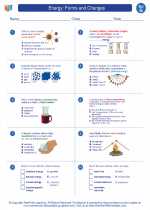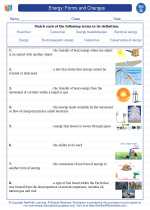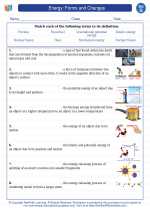Diatomic Molecules
A diatomic molecule is a molecule composed of two atoms, of either the same or different chemical elements. The prefix "di-" means two, so diatomic molecules always consist of two atoms. These molecules are the simplest form of molecules and can be found in nature and in various chemical compounds.
Examples of Diatomic Molecules
Some common examples of diatomic molecules include:
Bonding in Diatomic Molecules
Diatomic molecules are held together by covalent bonds, where the atoms share electrons. Each atom contributes one electron to the bond, resulting in a shared pair of electrons between the two atoms. This shared pair of electrons holds the atoms together and forms the molecule.
Physical Properties of Diatomic Molecules
Diatomic molecules can exist as gases, liquids, or solids at room temperature and pressure, depending on the specific molecule. For example, hydrogen and nitrogen exist as gases, while bromine exists as a liquid and iodine exists as a solid at room temperature.
Study Guide
Here are some key points to remember about diatomic molecules:
- Diatomic molecules consist of two atoms.
- They can be composed of the same or different chemical elements.
- Examples of diatomic molecules include hydrogen, nitrogen, oxygen, fluorine, chlorine, bromine, and iodine.
- They are held together by covalent bonds.
- Diatomic molecules can exist as gases, liquids, or solids at room temperature and pressure.
Remember to review the examples and the bonding in diatomic molecules to solidify your understanding of this topic.
.◂Science Worksheets and Study Guides Seventh Grade. Energy: Forms and Changes

 Worksheet/Answer key
Worksheet/Answer key
 Worksheet/Answer key
Worksheet/Answer key
 Vocabulary/Answer key
Vocabulary/Answer key
 Vocabulary/Answer key
Vocabulary/Answer key
 Vocabulary/Answer key
Vocabulary/Answer key
